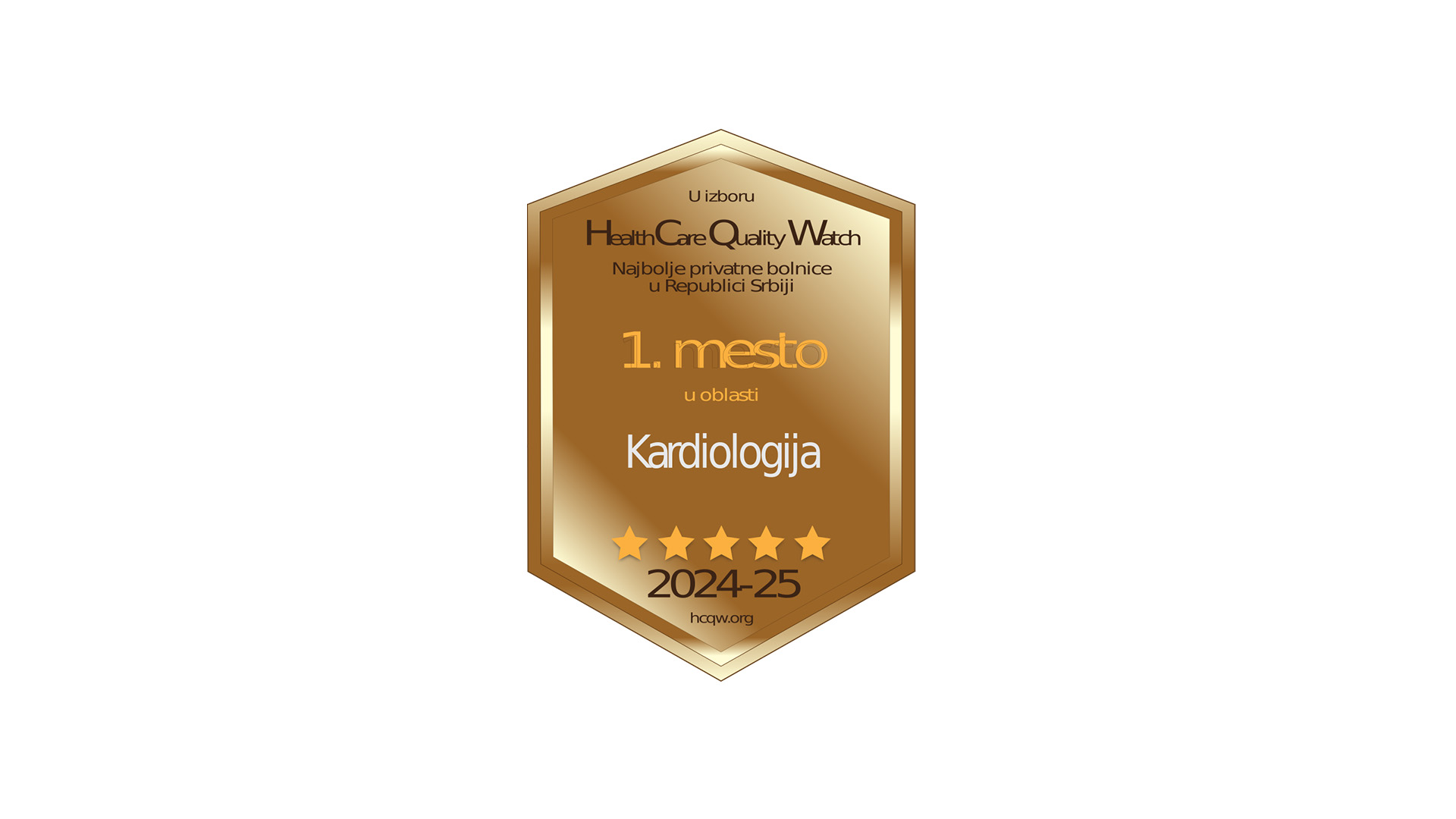Written by: MD Svetislav Mališić, cardiologist.
Hypertension is a condition in which the blood pressure is elevated above the permissible values - above 140/90 mmHg. Symptoms of hypertension, if they occur, can be headache, ringing in the ears, dizziness, unsteadiness when walking, feeling of pressure in the chest.
Hypertension in Serbia
The upper value of the pressure is called the systolic or upper pressure, and the lower value is called the diastolic pressure.
Almost half of the adult inhabitants of Serbia (about 46%) have elevated systolic (higher than 140 mmHg) or diastolic pressure (higher than 90 mmHg) or take blood pressure lowering drugs.
The percentage of people suffering from hypertension increases with age, especially after the age of 50, and then covers more than 50 percent of the population. The fact that an increasing proportion of young people are among the sick is particularly worrying.
Therefore, not just on May 17, when World Hypertension Day is celebrated, doctors are warning about the importance of prevention and early detection of hypertension.
Blood pressure with values of 120/80 mmHg has long been considered the upper limit for normal blood pressure. But since 2018, that limit has been moved, so according to European recommendations, pressure above 140/90mmHg is considered hypertension.
However, according to the American recommendations from 2017, arterial hypertension of the first degree is the one whose pressure value is 130-139/80-89mmHg.
The cause of increased pressure in most cases is unknown and is called essential hypertension. Secondary hypertension is caused by other conditions and diseases, such as diseases of the kidneys, blood vessels, hormonal imbalance, certain drugs…
Consequences of hypertension in numbers
The long-term effect of elevated blood pressure leads to changes in the walls of blood vessels, in the heart, brain, kidneys and retina.
- in 72 percent of cases, a stroke occurs as a result of hypertension.
- heart failure in 48 percent
- 30 percent changes in peripheral blood vessels
Arterial hypertension most often develops without symptoms, which is why it is also called the “silent killer”. Symptoms of hypertension, if they occur, can be headache, ringing in the ears, dizziness, unsteadiness when walking, feeling of pressure in the chest.
Risk factors
Some of the factors increase the risk of the disease such as:
-overweight and obesity
-excessive salt intake and unhealthy diet
-insufficient physical activity
-smoking, alcohol
-age over 65 years
-genetics
How hypertension is detected
A blood pressure meter is sufficient to detect hypertension, and the limits are clear, pressure values must not exceed 140/90 mmHg. The pressure is measured three times with an interval of three to five minutes. The doctor should measure the blood pressure in both arms in all three positions, while the patient is lying, sitting and standing.
The permissible difference in the pressure value between the left and right hand is 20/10mmHg. The middle value is the true pressure value.
When the patient controls the blood pressure at home, he applies the same principle as at the doctor. It is important that the pressure is always measured at the same time of day, so that a person can compare their pressure values.
Treatment of high blood pressure
High blood pressure is treated with lifestyle changes and medication. If a person practices some unhealthy lifestyle habits, it is necessary to change them. This means that you should reduce salt intake, introduce a healthy diet, regular but moderate physical activity, give up cigarettes, alcohol…






